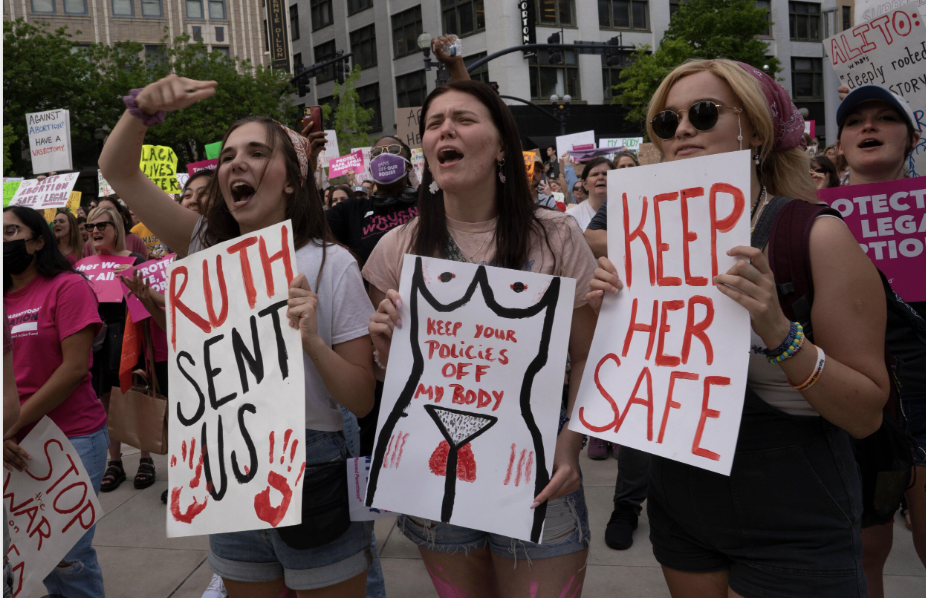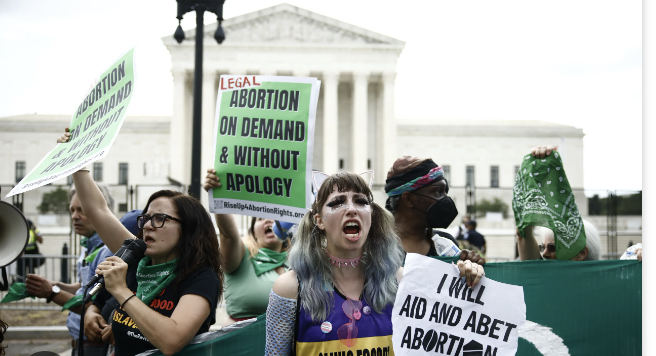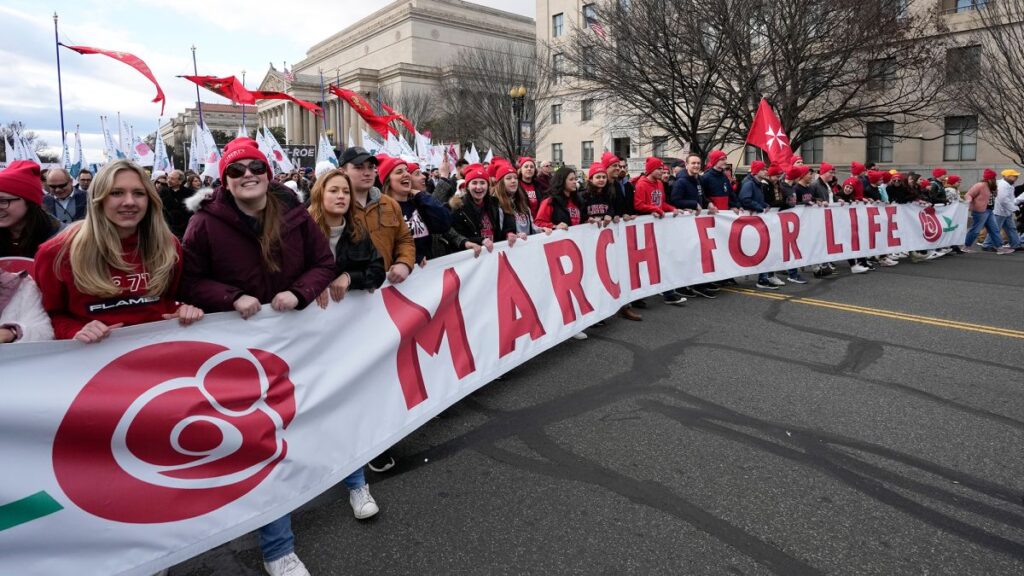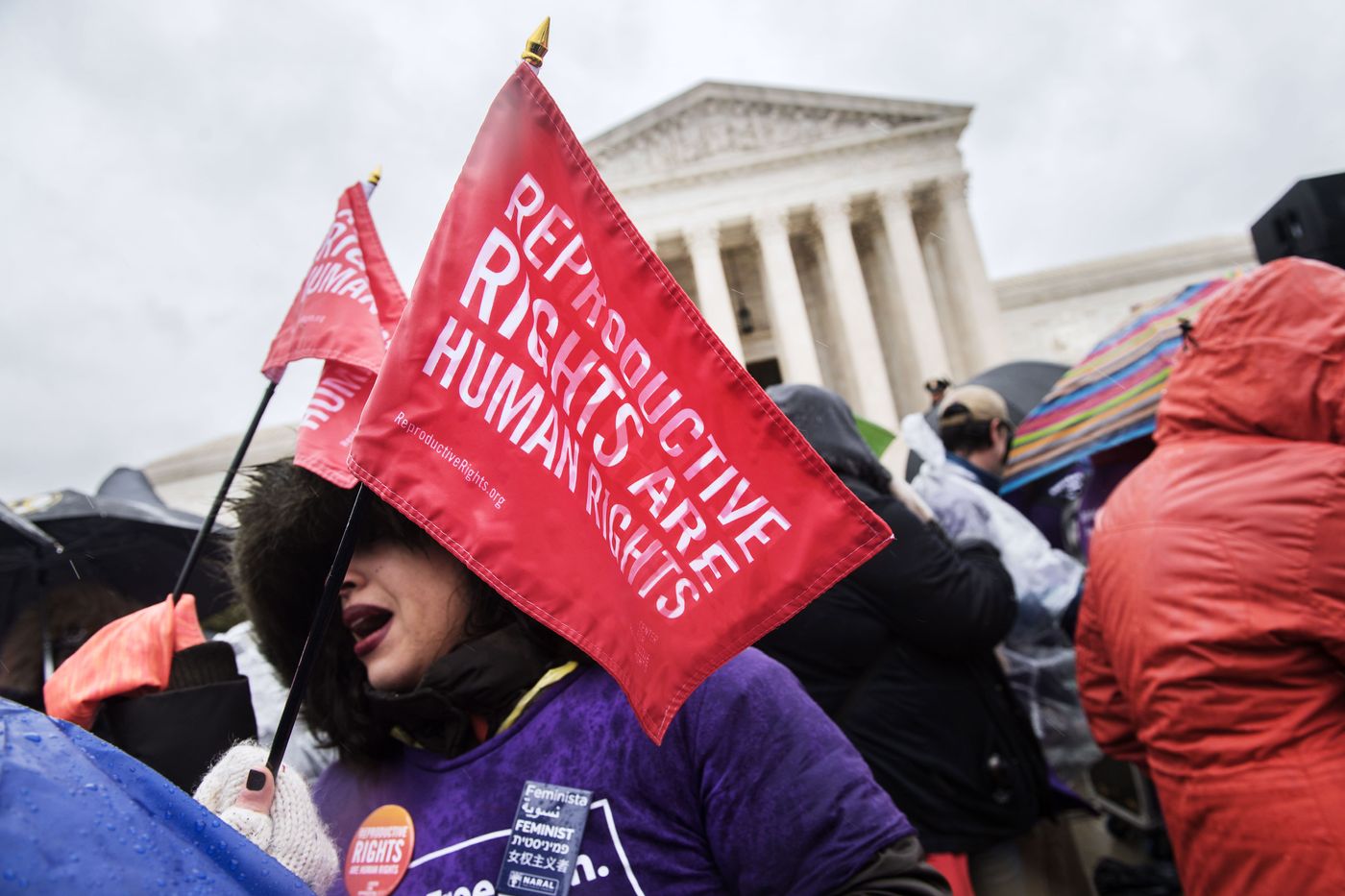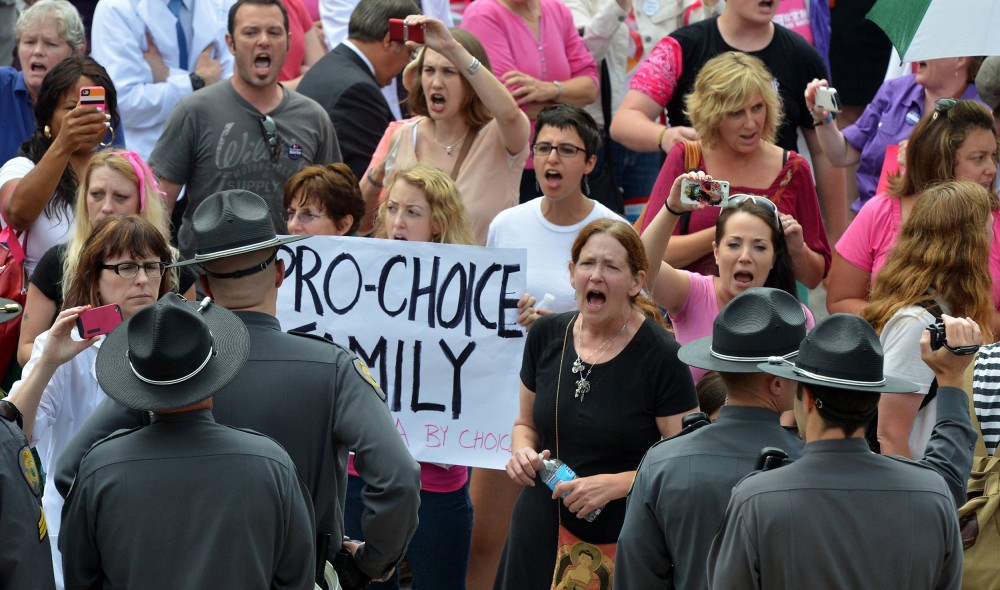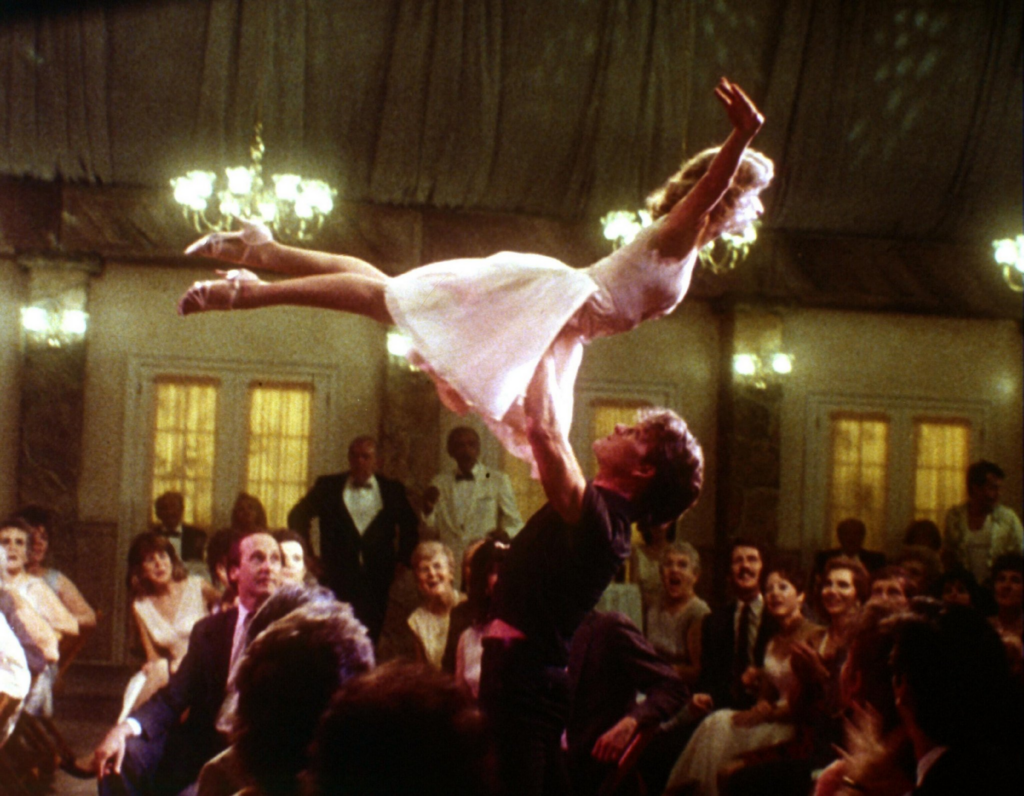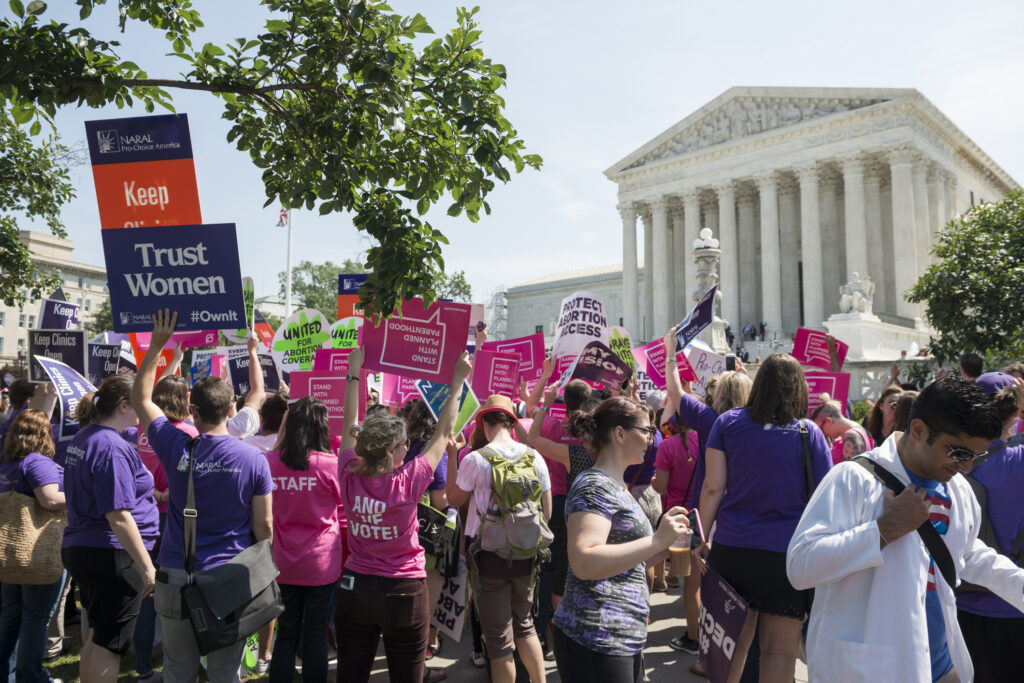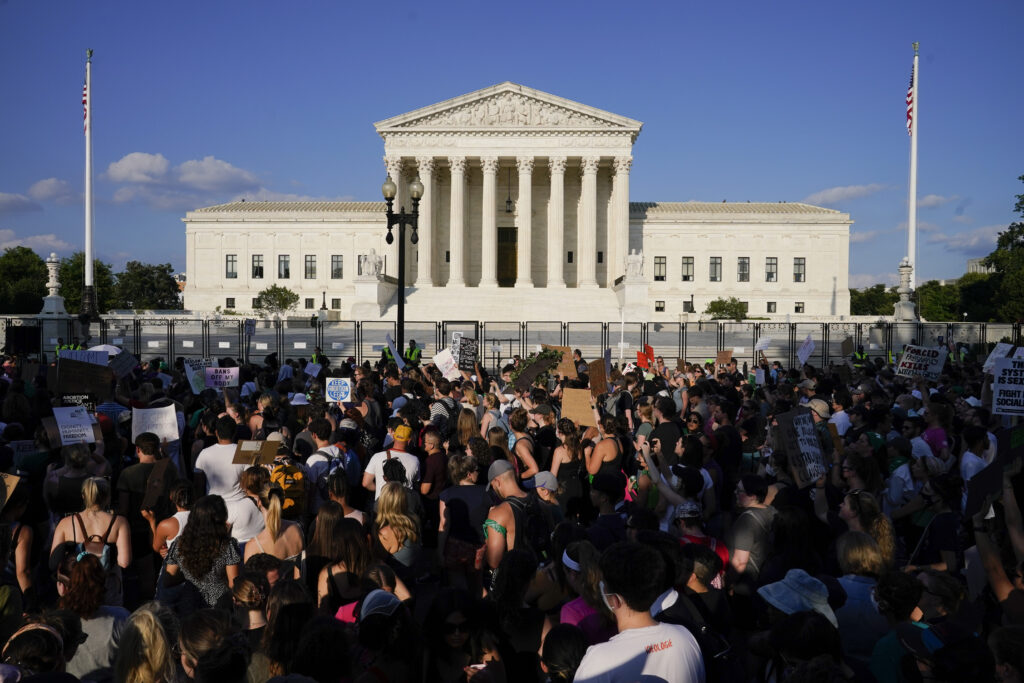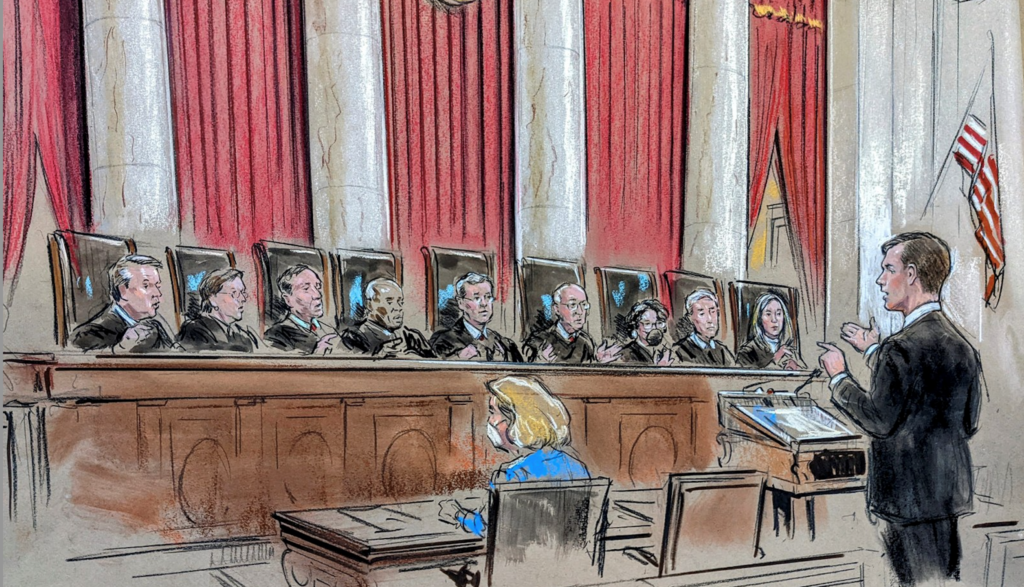
Roe v. Wade established and maintained women’s right to obtain abortions for almost fifty years. Over this span, its story has been described and argued from dozens of perspectives, each vying to become dominant in the American understanding of abortion. With Dobbs v. Jackson and its overturning of Roe v. Wade, a new set of narratives is competing for cultural dominance, both on legislative and public fronts.
The Supreme Court made their narrative of Roe v. Wade clear from the beginning of their opinion statement in Dobbs v. Jackson. They make a 5-part argument for Roe’s overturning, the first part of which reads: “Like the infamous decision in Plessy v. Ferguson, Roe was also egregiously wrong from the day it was decided. Casey perpetuated its errors, calling both sides of the national controversy to resolve their debate, but in doing so, Casey necessarily declared a winning side. Those on the losing side—those who sought to advance the State’s interest in fetal life—could no longer seek to persuade their elected representatives to adopt policies consistent with their views. The Court short-circuited the democratic process by closing it to the large number of Americans who disagreed with Roe.”
With this paragraph, the Supreme Court posits the narrative that Roe is as antithetical to democracy as “separate but equal” racial segregation, as was formerly upheld in Plessy. The Court also makes the argument that any Court decision which enacts policy around debated societal concerns is equally antithetical to democracy, apparently without concern for the possibility that this argument calls into question the democratic virtue of all legislation.
Sheila Jasanoff notes the hypocrisy of this decision in her opinion piece for Harvard Kennedy School: “A high court of six men and three women, representing a small slice of this nation’s intellectual, moral, and gender diversity, has handed down a decision that rolls back 50 years of growing control by women over their bodies, selves, and life choices. …Grounding a decision in a perverse historicism—as if one can write into law attitudes toward life crafted centuries before current biological and social understandings—is a form of anti-intellectualism that has no place in democracies committed to protecting the lives and liberty of all their citizens.”
Here, Jasanoff points out the temporal nature of collective memory: that societal understanding of conception, pregnancy, and abortion have changed over the nearly-50 years since Roe, and over the nearly-250 years since the founding of America. She presents Roe as a critical foothold for women’s rights, and describes its overturning as an enormous setback.
This position is denounced by Marjorie Dannenfelser, in her opinion piece for Fox News: “The pro-abortion side is marked not by reflection on how they have failed to serve and meet the needs of women, but by lies, terror and yet another push by congressional Democrats to impose abortion on demand until birth nationwide.” Marjorie prefers to push the idea that the majority of Americans support the blocking of abortion, claiming that “Abortion advocates realize they’re losing the battle for Americans’ hearts and minds,” and “With the Supreme Court’s historic reversal of its ill-founded abortion precedents, we are officially living in the Dobbs era.”
This last line is crucial to the narrative Marjorie is creating: that Dobbs represents the end of abortion, forever. She pulls on the particular component of collective memory, marking Dobbs as the beginning of an abortion-free America. She paints Democrats and pro-choice activists as scaremongering and deceptive but ultimately helpless, and claims that their cause was unjust and unsustainable from its inception.
The injustice of their stance, Marjorie argues, is abortion itself: “To be absolutely clear, abortion is not healthcare. It is not a treatment for miscarriage or ectopic pregnancy – even Planned Parenthood knows that. As Dr. Christina Francis, head of an organization that represents thousands of pro-life OB-GYNs, puts it, ‘The only intent of an abortion is to produce a dead baby.’”
The portion of Marjorie’s narrative that she doesn’t claim outright is that Dr. Francis’ pro-life organization is large and credible. This organization, the American Association of Pro-Life Obstetricians and Gynecologists, has 3,807 followers on Twitter – by comparison, the pro-reproductive-health-care organization Physicians for Reproductive Health has 29,946, which is a little more than seven times larger.
Jasanoff takes her article in an entirely different direction, veering away from the topic of abortion entirely: “The ‘life’ the Supreme Court and its supporters presume to speak for is a life stripped of connection, purpose, and meaning. Dobbs reduces the cultural complexity of pregnancy, motherhood, and family to the right of each individual conceptus to be born alive. This reductionism flies in the face of women’s claims to equal opportunity… Rights, moreover, are not static principles, like preserved specimens pinned forever to the text of an aging parchment. They are reframed in keeping with our knowledge, our capabilities, and our aspirations.”
Again, Jasanoff points out the processual and temporal nature of collective memory, as they pertain to the rights outlined in documents such as the Constitution and the Declaration of Independence. Jasanoff claims that the Supreme Court, Marjorie, and other pro-life advocates are attempting to redefine the right to life as a right to be born, and nothing more.
This assessment of the Supreme Court’s opinion is accurate. In their opinion piece, the Court supports Roe’s penumbral establishment of a right to privacy, but not its protection of abortion rights: “What sharply distinguishes the abortion right from the rights recognized in the cases on which Roe and Casey rely is [that abortion] destroys what Roe termed ‘potential life’ and what the law challenged in this case calls an ‘unborn human being.’ None of the other decisions cited… involved the critical moral question posed by abortion.”
With this claim, the Court espouses itself to narratives like Marjorie’s. Rather than outlining abortion as a matter of women’s rights, the Court defines embryos and fetuses as the central parties of interest. Only time will tell whose narrative of Roe will prevail.
Alex Oakes
- Works Cited:
- (APA website citations) Lastname, Firstname. “Webpage Title.” ParentWebsiteName, url.
- (Bluebook Supreme Court citations) Case v. Title, Volume # U.S. Page # (Year). URL
- [this line and the above 2 lines are for reference, and will be removed for the finished page.]
- Dannenfelser, Marjorie. “Supreme Court abortion ruling puts fight for life in new Dobbs era.” Fox News, https://www.foxnews.com/opinion/supreme-court-abortion-ruling-puts-fight-life-dobbs-era.
- Chenoweth, Erica et. al. “Roe v. Wade has been overturned. What does that mean for America?” Harvard Kennedy School, https://www.hks.harvard.edu/faculty-research/policy-topics/fairness-justice/roe-v-wade-has-been-overturned-what-does-mean.
- Dobbs v. Jackson, 19 1932 (2022). https://www.supremecourt.gov/opinions/21pdf/19-1392_6j37.pdf.
